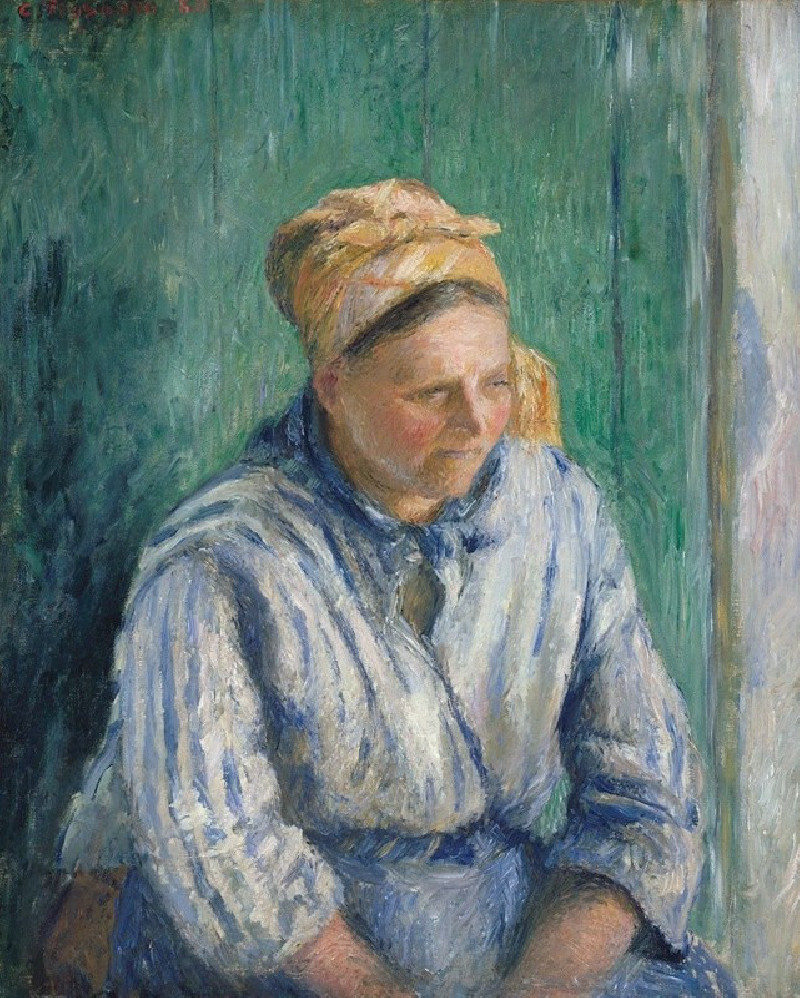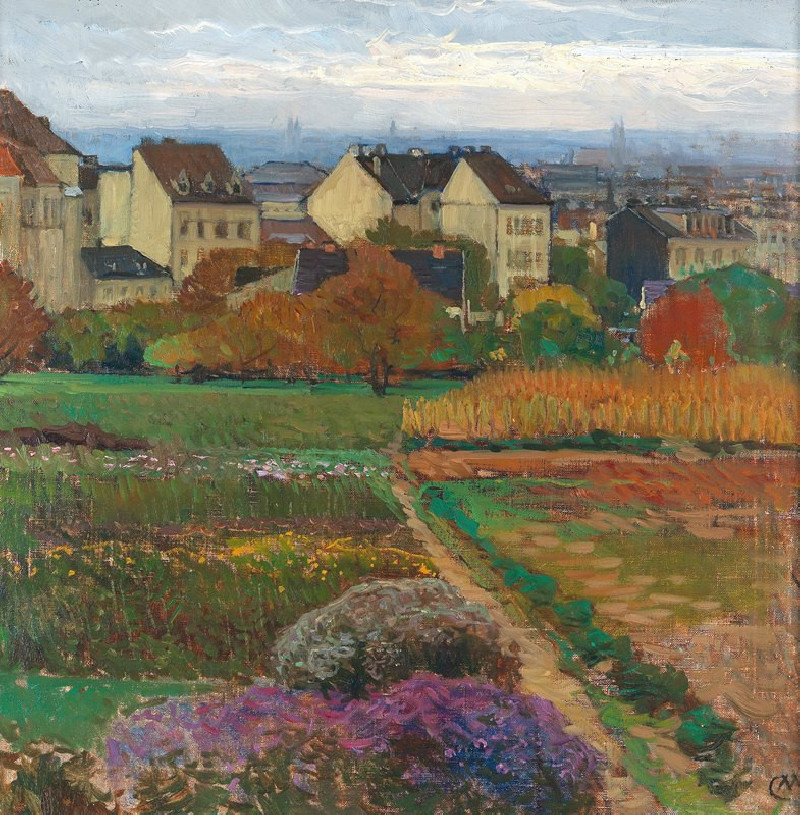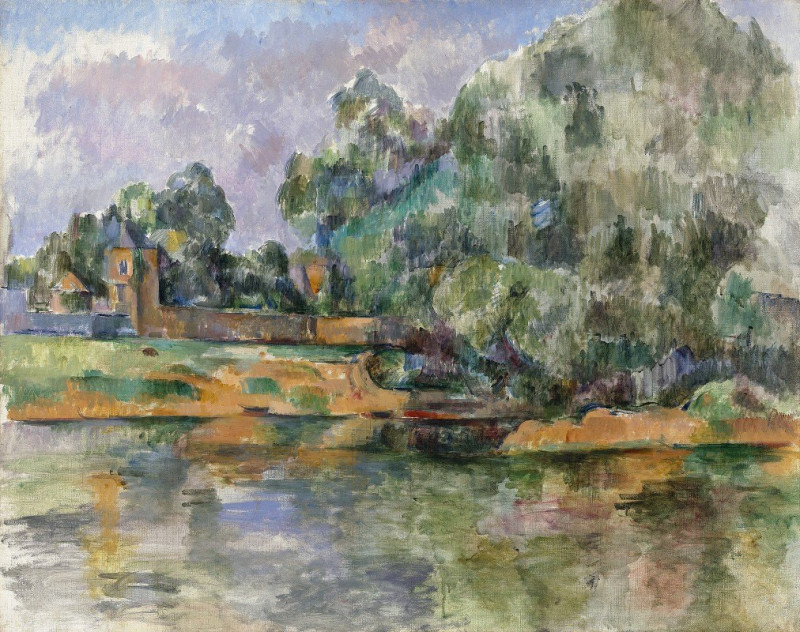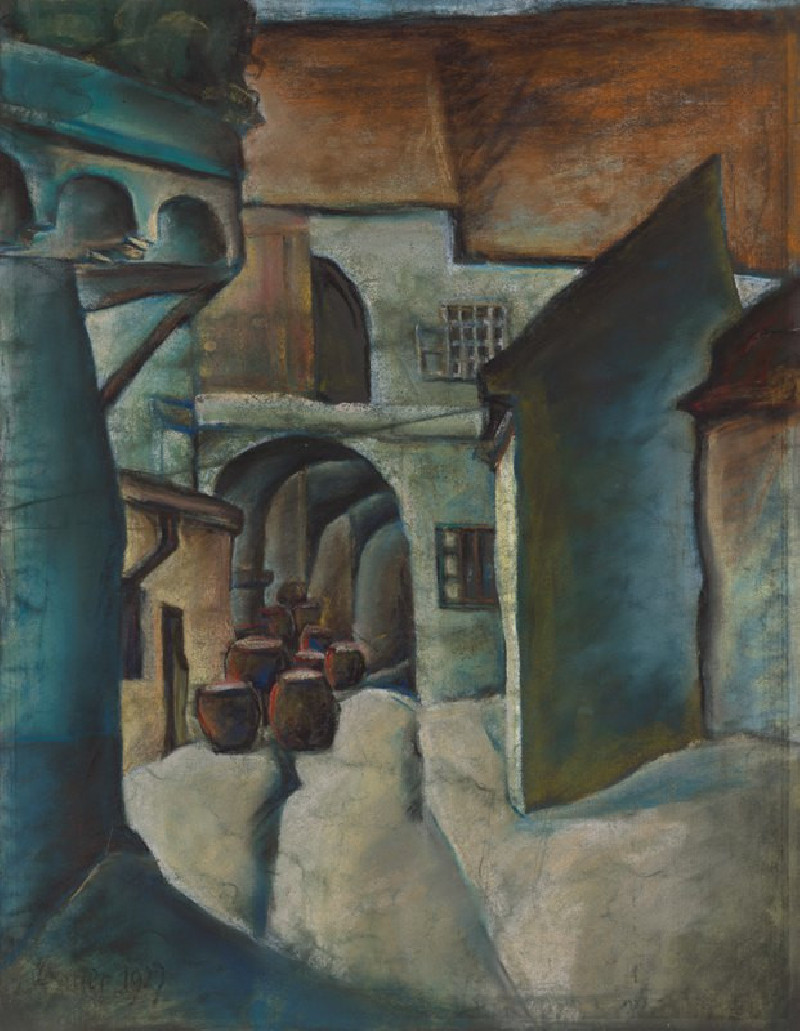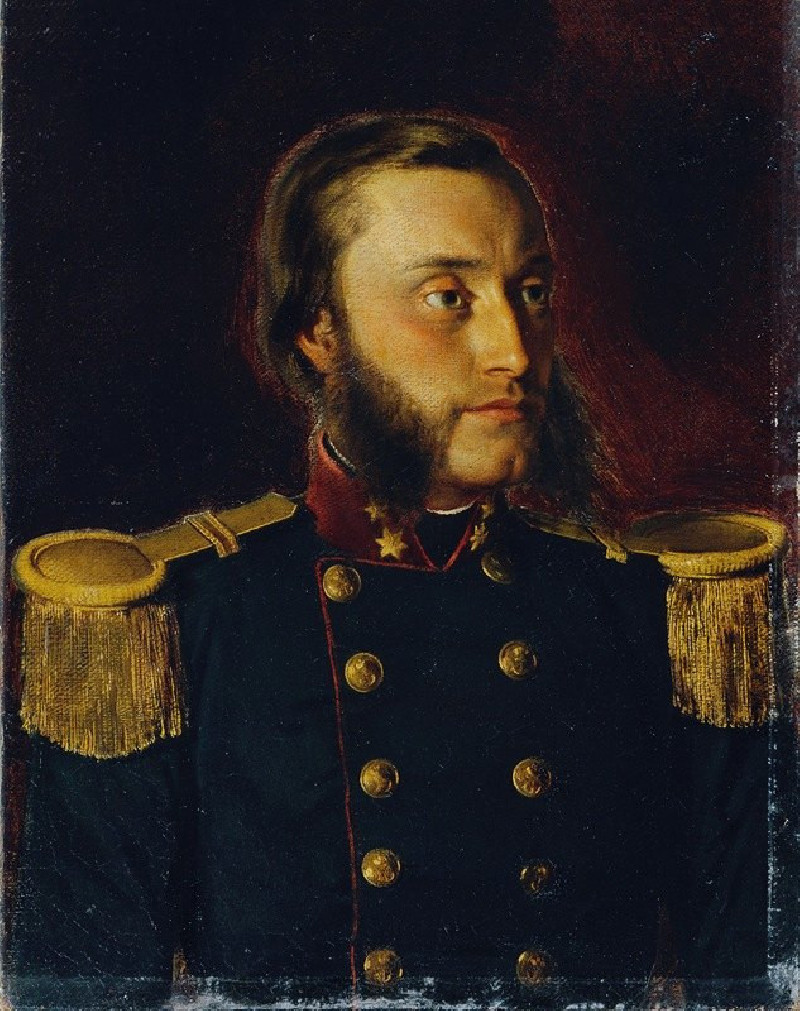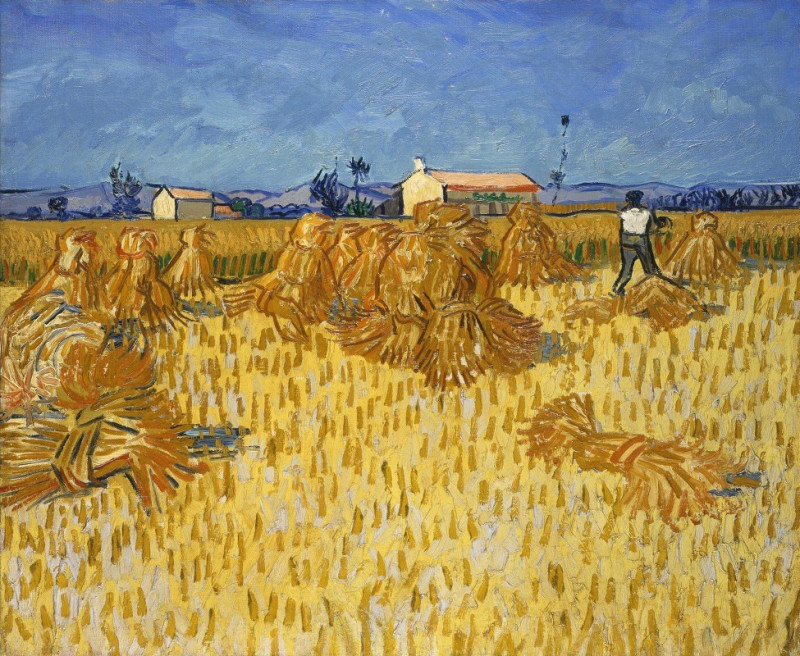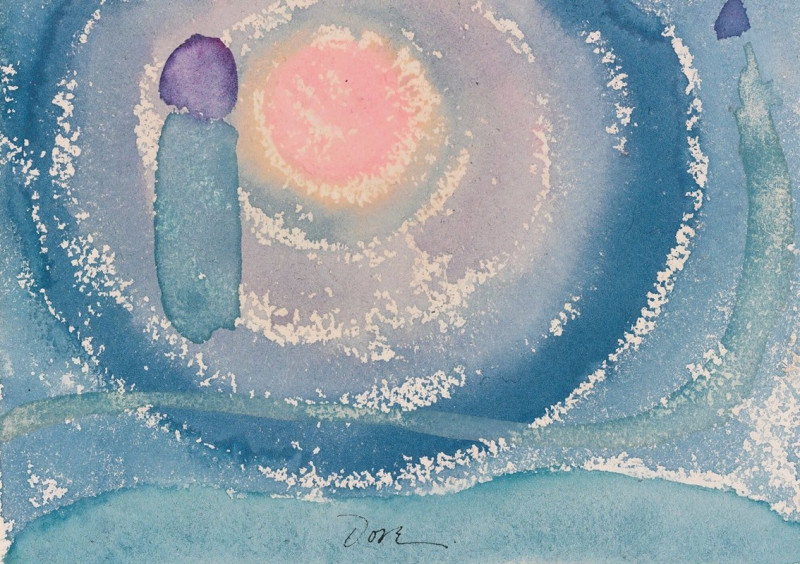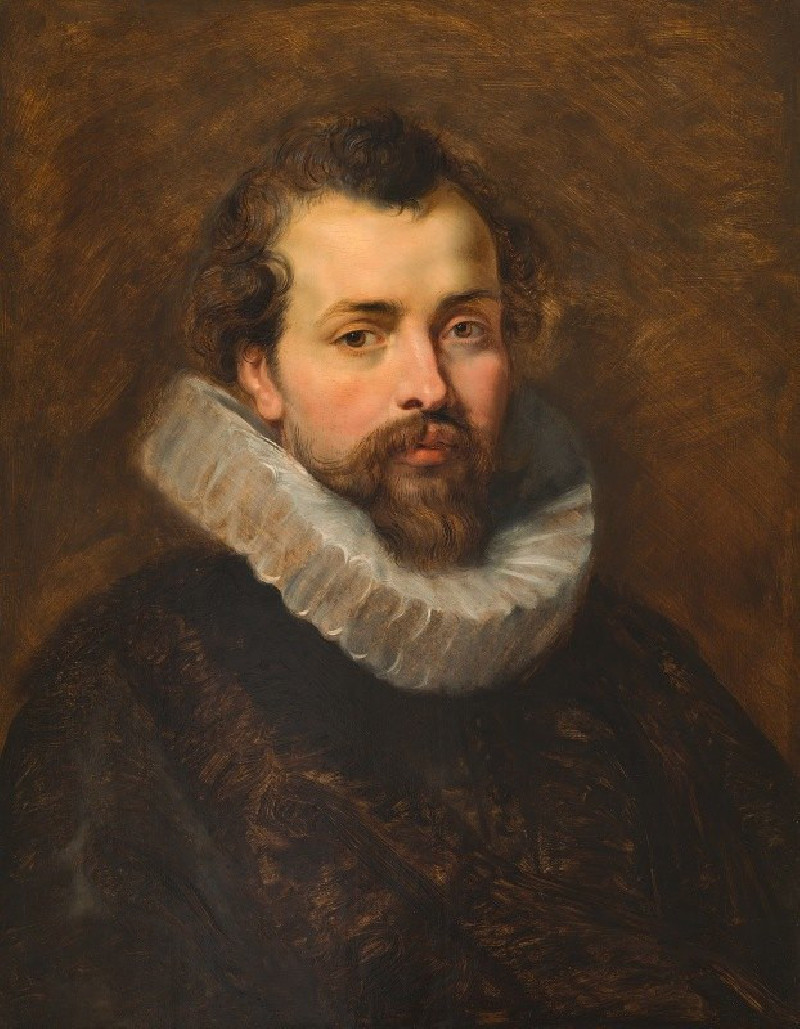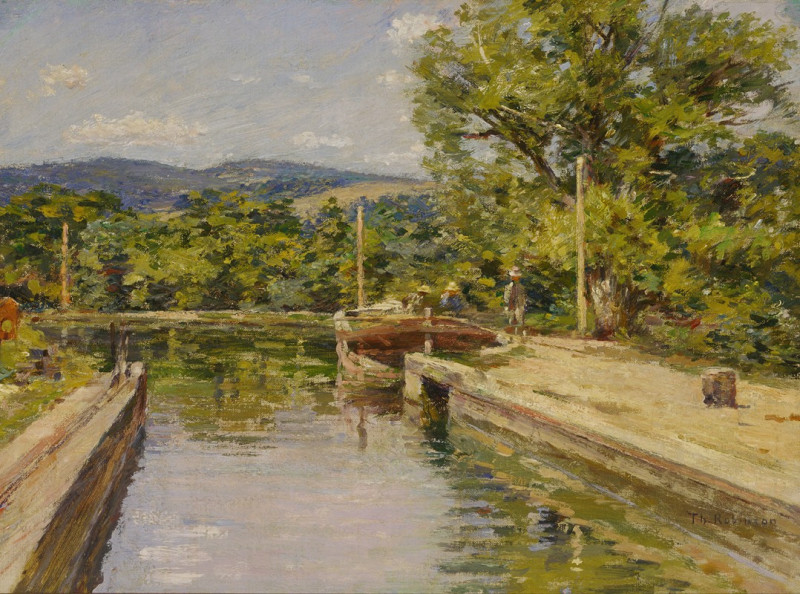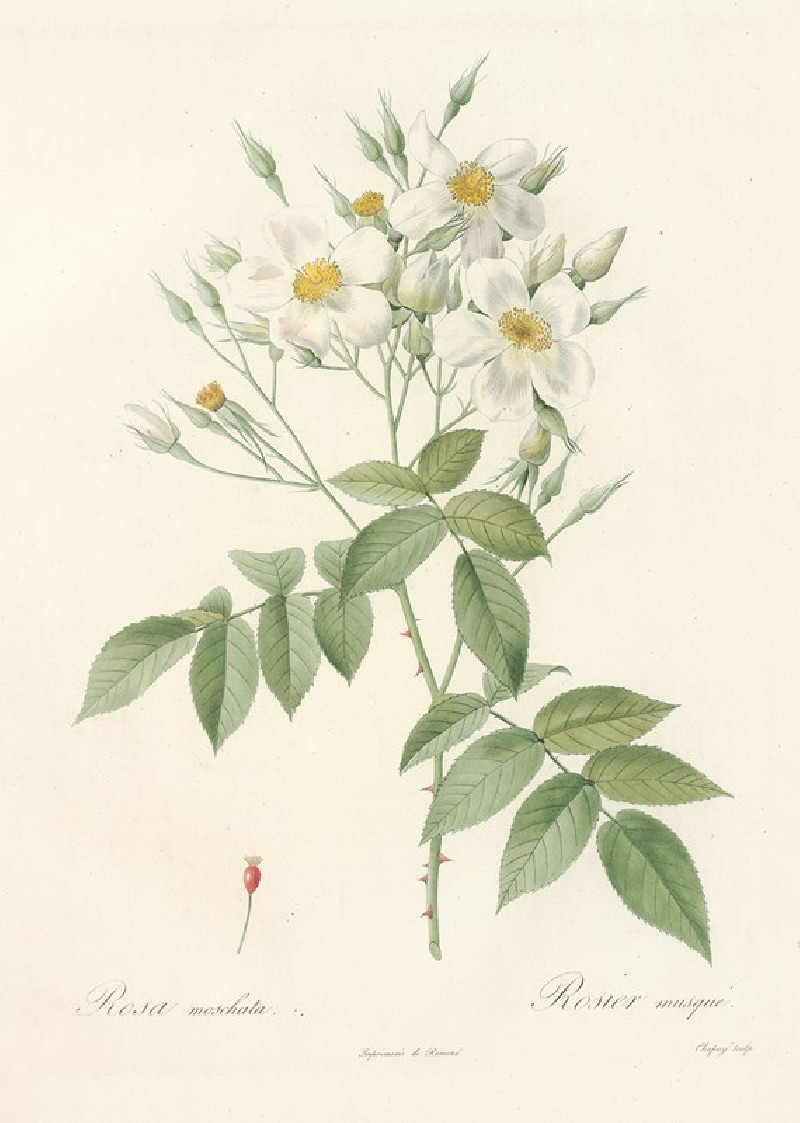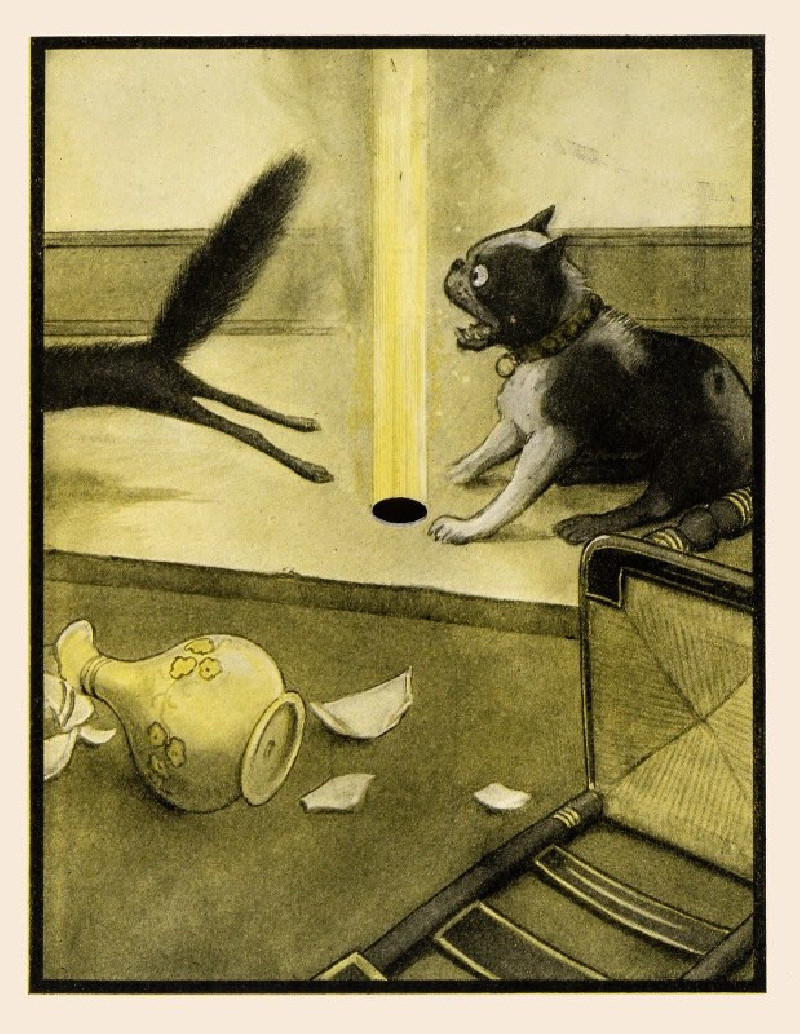Washerwoman, Study (1880)
Technique: Giclée quality print
Recommended by our customers
More about this artwork
"Washerwoman, Study" by Camille Pissarro is a poignant depiction of a worker from the late 19th century, illustrating not only the physical but also the emotional essence of everyday labor. This 1880 painting portrays a woman, presumably a washerwoman, in a moment of rest or reflection. Her expression is contemplative and perhaps a bit weary, capturing a sense of lived experience and emotional depth.Pissarro's technique here is notable for its loose, energetic brushstrokes that convey the textures of the woman's clothing and the lush green background, emphasizing the interaction of light and form. The choice of colors—soothing tones of blues and greens—enhances the serene yet somber mood of the painting.The artwork is an excellent example of Pissarro’s skill in humanizing his subjects, often peasants or laborers, connecting the viewer with the universal human condition through the lens of their daily lives.
Delivery
Returns
Blessed are they who see beautiful things in humble places where other people see nothing. — Camille Pissarro
Camille Pissarro (1830-1903) was born on St.Thomas (now the US Virgin Islands) to a Portuguese father and a Dominican mother. He went to Paris to study art at Ecole des Beaux-Arts. He was an early pioneer of pointillism and neo-impressionism and later became a mentor of many famous impressionist painters including Cezanne, Manet, Renoir, and Gauguin. His paintings depicted rural and urban French landscapes and lifestyle. Many of his works politically captured images of peasants and laborers. Today, he is considered the father of impressionism.

